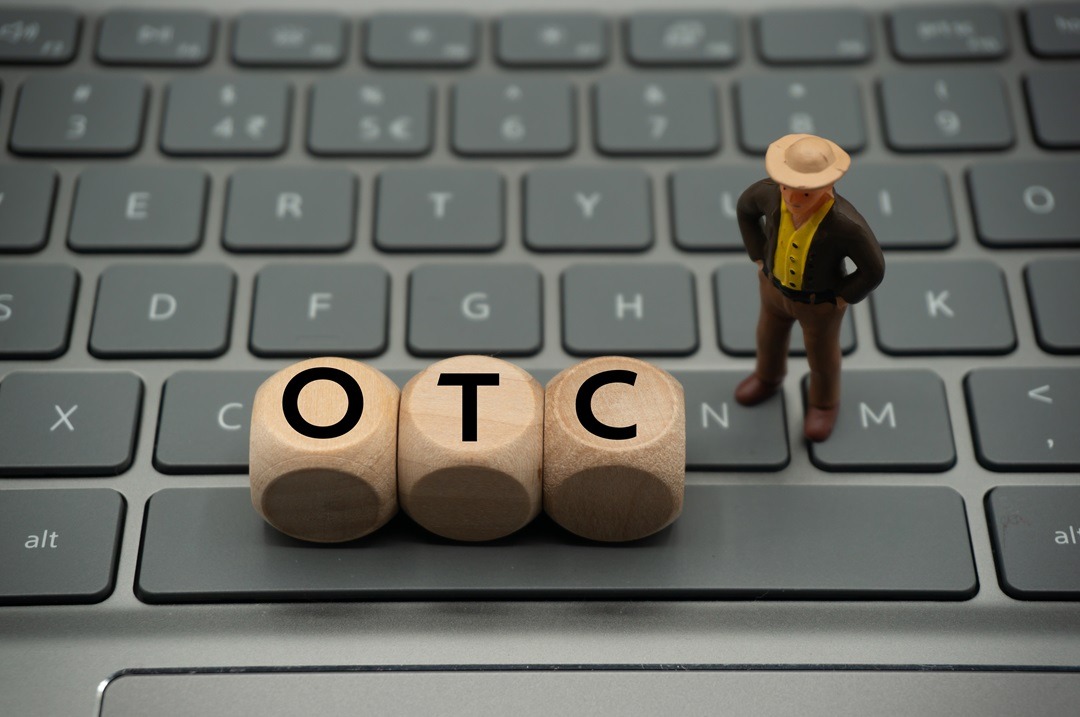What are the Features of B2C Banking?11 min read
Reading Time: 4 minutesB2C banking is the service provided to transactions between businesses and customers in digital banking. The banking industry has experienced a revolution, in decades spurred by developments in technology and growing client needs. Within this shifting environment B2C banking has emerged as a player transforming the way financial services are supplied to clients.
B2C or Business to Consumer banking varies from banking approaches by focusing contacts with customers. This approach signifies a break from the procedures normally associated with banking and embraces a more customised and client centred approach.
In the realm of B2C banking, banks and financial institutions attempt to satisfy the expectations of their consumers by offering a range of services such as loans, credit alternatives, savings accounts and investment possibilities. The advent of digital B2C banking has further revolutionised this domain, introducing a new level of convenience and accessibility.
With a click, customers can conveniently handle their financial matters accessing a diverse range of banking services whether they’re at home or on the move. This not only improves the customer experience but also creates additional opportunities for banks to effectively connect with their customers.
What is B2C in Banking?
B2C banking in the context of the industry pertains to the provision of services to individual customers by banks and other financial institutions. Unlike B2B models that cater exclusively to business needs B2C banking focuses on meeting the requirements of individuals.
This encompasses a range of services such as savings and checking accounts, personal loans, mortgages, credit cards and investment products designed for individuals. In recent years, digital B2C banking has revolutionised this model, offering consumers the ability to manage their finances through online platforms and mobile apps.
The advent of transformation has greatly improved the accessibility, convenience and user friendliness of banking services. Moreover B2C banks frequently offer tailored customer support that takes into account and addresses the needs of every customer. This methodology is instrumental in fostering enduring customer relationships and establishing trust, both of which hold importance in the banking sector.

What is the Difference Between B2B and B2C Banking?
The main distinction between B2B and B2C banking centres around the customers they serve. B2B banking caters to businesses and corporations by providing services such, as corporate loans, cash management, trade financing and asset management.
These offerings are specifically tailored to meet the requirements of businesses. Conversely B2C banking focuses on consumers and their personal financial needs. This includes providing loans, residential mortgages, credit cards, savings and checking accounts well as investment advice. B2C banking advantages include more personalised customer service, a wide range of consumer banking products, and often, more flexible and consumer-friendly account options.
Banks that primarily serve customers (B2C banks) often allocate resources to customer relationship management and marketing tactics. Their aim is to attract and retain clients setting them apart from business- to business (B2B) banks that prioritise relationships and provide financial solutions on a larger scale.
How to Do B2C Banking in Business?
To effectively incorporate B2C banking into their operations banks, like The Guardian Bank need to prioritise a customer focused strategy. This entails recognizing and catering to the requirements and preferences of each individual customer.
Institutions such as The Guardian Bank offer B2C banking services by ensuring hassle account accessibility offering interest rates and providing a wide range of comprehensive financial products. An integral part of this approach is the incorporation of digital B2C banking solutions, which offer customers the convenience of managing their finances online. This modern approach also involves the utilisation of mobile banking applications, online customer support and digital advertising tactics to connect with customers.
For instance The Guardian Bank could offer planning resources, convenient customer service alternatives and user friendly mobile banking services. These digital platforms not only improve the customer experience but also optimise banking operations by increasing efficiency and reducing costs.

What is a B2C Banking Business Model?
The banking with B2C business model involves providing a range of banking and financial services directly to individual consumers. The Guardian Bank serves as an illustration of an institution that effectively implements this approach by giving utmost importance to fostering meaningful connections with its customers.
They achieve this by offering access to a range of services and continuously adapting to meet their evolving requirements using cutting edge technology. Digital B2C banking is a significant aspect of this model, as it enables banks to offer online and mobile banking services, enhancing convenience and accessibility for customers.
The Guardian Bank and similar institutions primarily specialise in providing loans and credit to individuals offering a range of investment options well. They place emphasis on assisting the community and educating individuals about matters. Their primary objective is to establish trust with their customers and foster long term relationships. Moreover these banks utilise data tools and strategies to understand their clients preferences and behaviours.
What are the Advantages of B2C?
B2C banking advantages are multifaceted and significantly beneficial to both the banks and their customers. For clients, the ease and availability of financial services is a major perk. Banks like The Guardian Bank take advantage of this by providing online and mobile banking solutions enabling consumers to manage their funds anytime anywhere.
Online banking services, such as account creation and customer support, further increase this bank’s already high level of convenience. Similar to B2B banking, B2C banking focuses on serving customers.
The Guardian Bank is among the institutions that prioritise building personal relationships with their customers. They take the time to understand each customer’s needs and preferences allowing them to offer tailored services like personalised loan options, expert investment advice and flexible account solutions.
People from income levels and stages of life can benefit from the range of products and services available at The Guardian Bank. From young adults opening their first accounts to retirees managing their pensions, B2C banking account cover a wide demographic, making it a versatile and essential part of the financial sector.
Banking with B2C plays a pivotal role in the modern financial landscape, Providing services and convenient options for customers is proving to be effective. Institutions, like The Guardian Bank prioritise meeting the changing needs and preferences of individuals while also integrating advancements.
B2C banking plays a role in enabling banks to adapt to these changing dynamics. Whether it involves enhancing tools or delivering personalised services, B2C banks are at the forefront of transforming the banking experience by making it more convenient, efficient and customer centric.



